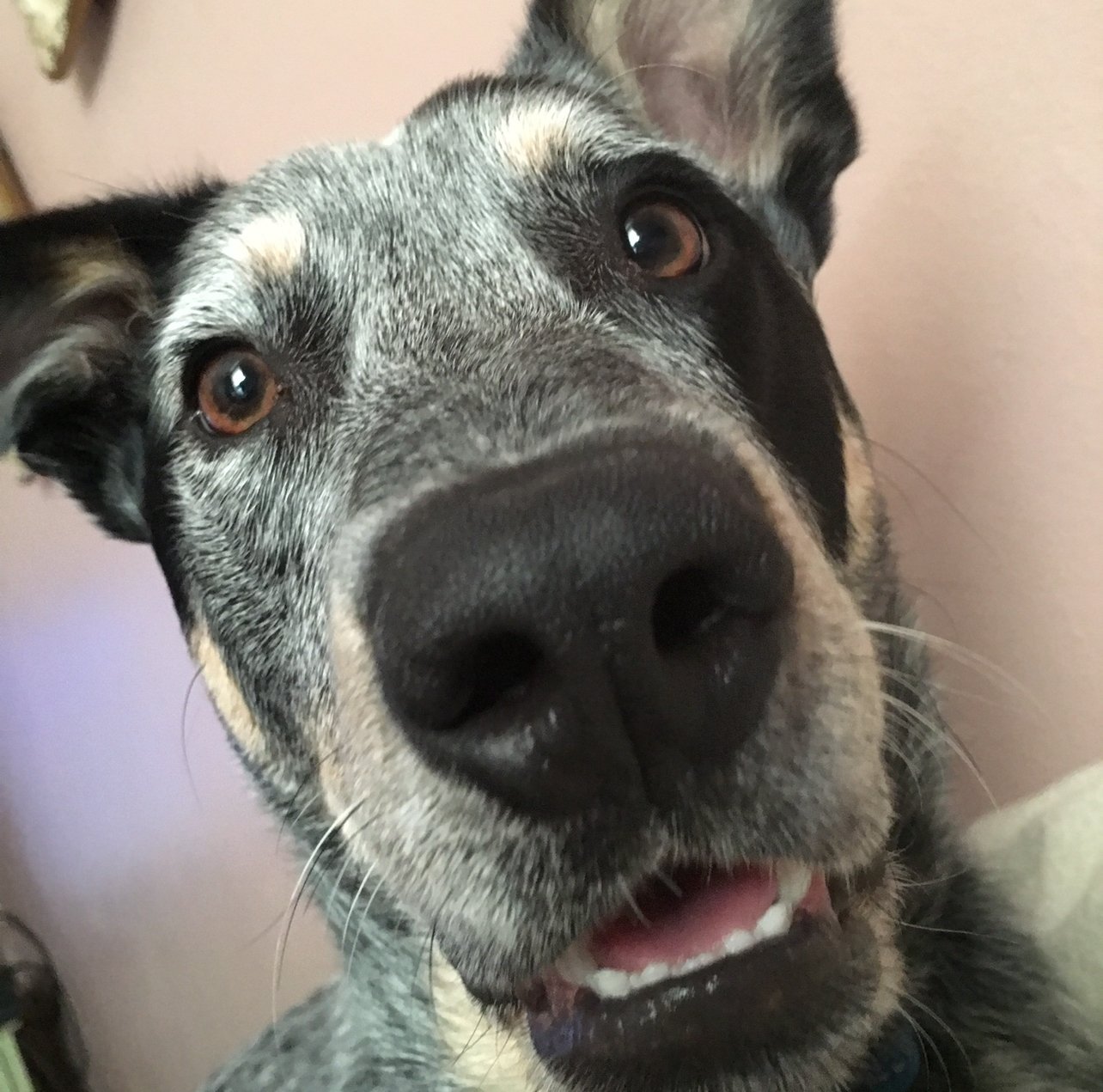It was awesome! One even rolled over on its side to get belly rubs. Definitely would recommend for any animal lovers. :)
https://www.gatorland.com/animals/meet-a-capybara/
Link for anyone interested.
Not my pic, but this is in my city, Curitiba:
I used to visit that specific park (Parque Barigüi) fairly often, as I worked nearby. For me the fun part wasn’t even interacting with the capybaras, but watching tourists interacting with them. Not recommended - unlike the ones in the OP, these here are wild and might have ticks, but… well, neither tourists nor capybaras give a fuck.
Just make sure that you don’t go full “squeee” and chase them, they’ll simply get into the water and you’ll be sad. A girl whom I used to date did this.
I would risk a tick to hug a capybara
It’s actually quite risky. Some people died last month in Brazil because of the disease that’s is transmitted by these ticks (Rocky Mountain spotted fever if I got it right from google, febre maculosa in Portuguese).
While you might die from having hugged a tick infested Capybara, have you honestly truly lived until you did so?
Ticks can carry deadly diseases where I live too, and we’ve got a lot of them.
With a decent tick repellant for myself and pets, I can’t recall the last time I had one on me.
Surely they make Trifexis for capybaras.
I remember news about that. It was in Campinas - there was a huge capybara population boom.
That city is in a specially bad spot for this sort of disease because it’s heavily populated like Curitiba, but unlike Curitiba it has a huge rural area. Like, you walk in Barão Geraldo neighbourhood and it’s booming, then you walk a bit more and suddenly you’re in the middle of nowhere. The odds of infecting livestock that infects people are fairly high, and with the demographic density in Campinas proper you get it from person to person.
Still better to do what the OP did though. If you want to hug the oversized rodents, make sure that there’s people taking care of them, and ensuring that they’re OK.
Yep, that’s the one, I think there were even more cases like last week or something.
Still better to do what the OP did though. If you want to hug the oversized rodents, make sure that there’s people taking care of them, and ensuring that they’re OK.
Yeah, 100%. Being taken care they seem to be super chill and safe to interact with.
My goodness this is adorable lol
Are they soft? Do they make cute noises? Would love to pet one if I could. Looks like this guy really liked the attention.
They are actually bristly. Apparently they purr and make sounds similar to a guinea pig according to their handler, but the only noise we heard was the goose complaining that he wasn’t getting fed. They loved being fed romaine lettuce and enjoyed chin scratches as well.
They are essentially giant guinea pigs

Guinea pigs can properly yell when they want to. If capybara are anything like them, I imagine that they are deafening.
Adorable! I’d love a domesticated one. I’d imagine they give great cuddles
Too bad domestication takes generations. 😭 My buddy loves capybaras so much he has a tattoo of one.
Do you know if people have made a start?
Nope, but after researching everything you’d need to do to provide a suitable environment for a capybara, it seems super unfeasible. Besides breeding a desire for human companionship into capybaras, they require huge enclosures and access to large bodies of water since they’re semi aquatic. Furthermore, the water would need to be thermally regulated and regularly filtered because that’s where they defecate and stuff.
You can alter a creature’s biology and behavior with domestication to an extent, but it seems like you’d have to be filthy rich or overhaul what a capybara is just to make having one as a pet a humane option.
They’ll just have to keep being our buddies in the wild (or in dedicated sanctuaries).
The biggest issue is poop. They don’t poop just in the water, they poop everywhere. And they often eat their own poop, not just under stress conditions (as dogs do) but even when they’re happy. I’m not sure if they can be conditioned, for example, to only poop in a litterbox, and to leave the poop alone.
On the other hand, thermal regulation for the water isn’t that big of a deal, they’re more resilient to cold than it looks like:

I think that this pic is from the same park as I posted early on. It snows once in a blue moon here, but hail is somewhat common in the winter. They handle it fine.
And even if you successfully domesticate them, there are problems. There is a huge program in Russia that has been going on for decades domesticating foxes and, while it has been largely successful, the foxes urinate every time they’re excited. So they just won’t make good pets.
As I understand it, the foxes were specifically bred to not just tolerate human interaction but to enjoy it and crave it. The thing is that that is selective breeding over the course of a couple dozen generations in less than 100 years.
Most of the animals that are currently domesticated have had thousands of years of selective breeding, so there are all kinds of specific behavioral or physical traits that they do or do not have.
Ironically, that kind of hyperspecific breeding for only a few traits is what leads a lot of modern dog breeds to have various health problems associated with their breeds because they are bred for aesthetic and not for health or longevity. A common example is the obsessive compulsive disorder bread into the dog that is associated with bull terriers or the hip dysplasia that is associated with German shepherds due to being bred to have more and more deeply sloped backs.
It’s the best type of fish ever…
The Pope agrees.
Nice! I got to eat one of those once when staying with a native family in the Bolivian Amazon. It was quite nice.
Haha! That’s what my husband kept talking about when we saw them. In Peru they eat Cuy which is guinea pig. I have never tried it, nor do I really want to but my husband is ready and willing to eat any exotic animal…
Wtf
They eat guinea pigs too. Roast them on a spit.
Yeah I mean they just eat off the land, which for them involves hunting the Amazon. They had monkey too, which I politely skipped.
I never ate capybara meat, what people often mention about it is that it’s strong-tasting and grassy. Plus in my city it feels like as much of a sacrilege as hurting the Paraná pines or the azure jays. Like, I think that you’d get an easier time murdering people than those three.
Not in the jungle around rurrenabaque, apparently
They are so cute… I’ve seen countless of videos on Instagram of these neat animals… They seem so amazingly.
I love seeing the Capys on the Urban Rescue Ranch channel on YouTube, there are 4 of them and they have an ASMR channel.
Ahhh yes, the crappy barbara. Best favorite animal.
Aw, I went to a jungle hotel in Central America that had capybaras on the grounds… never got to see one. They had a sloth sanctuary though and I got to see one of those slow bois.
Sloth facts: Sloths only poop every three weeks. When they poop, a moth that lives on them deposits its eggs into the sloth poop, and that’s how the eggs will hatch and the babies will go on to find their own sloth host!
Speak’s brethren!
Vet: “Capybara Tick! Speak’s not a dog. He’s a rodent!”
The Tick: “Ooh!”
Vet: “But he’s one of the world’s largest.”
Tick: “Oh, man! Way to go, Speak!”
If you’re in the interior of BC, Canada, there’s a “kangaroo park” where you can pet the capy’s. Also Wallabies, Goats, rabbits and some other critters









